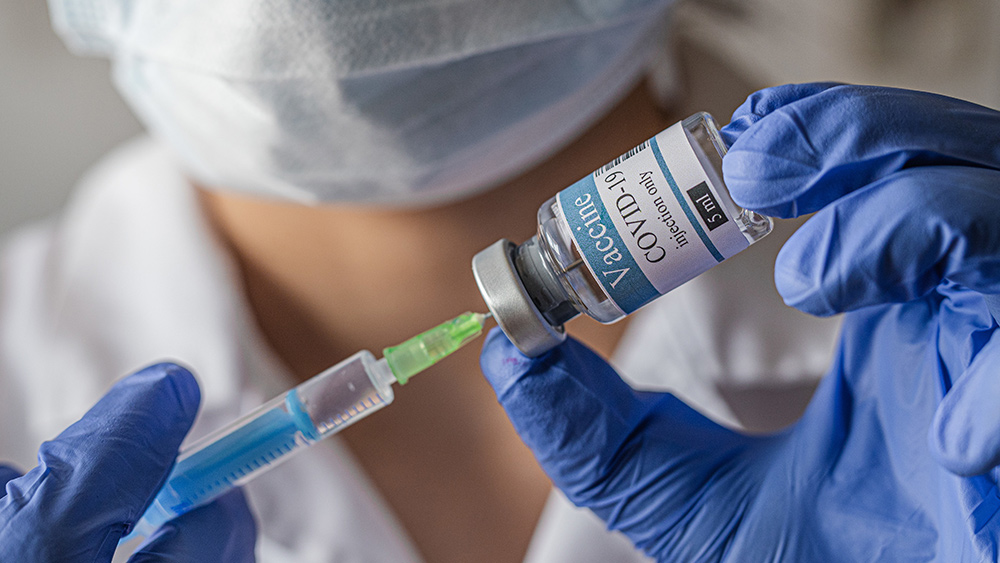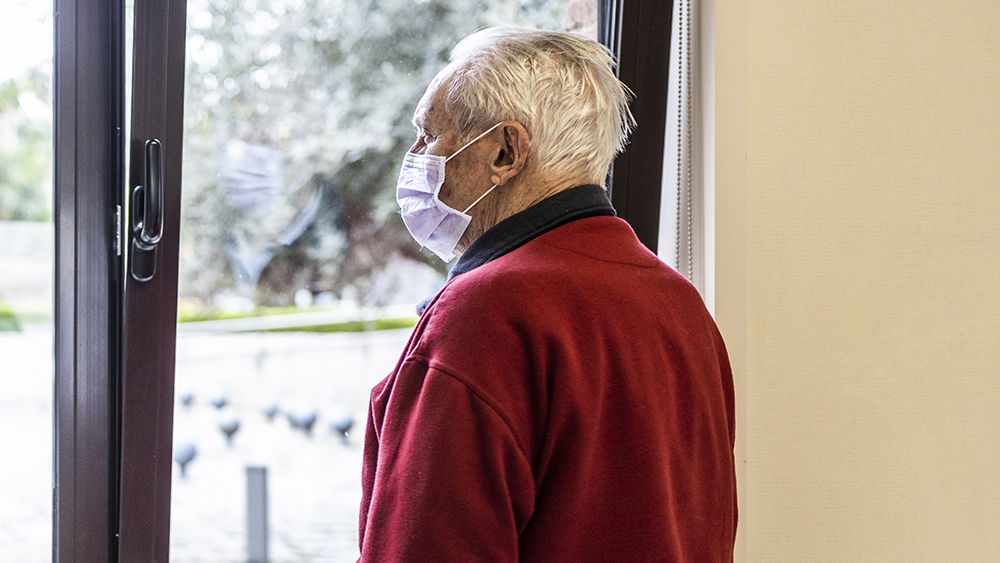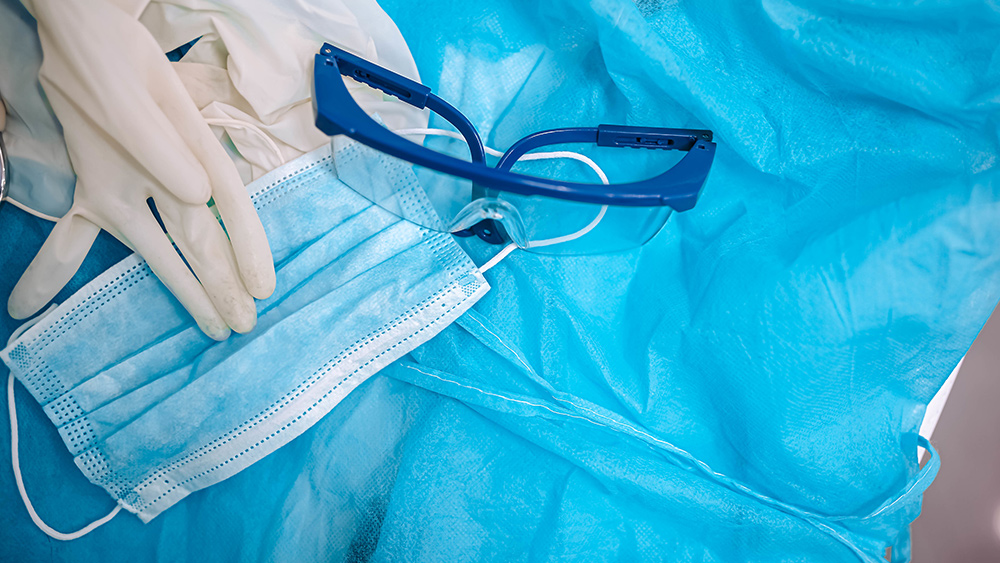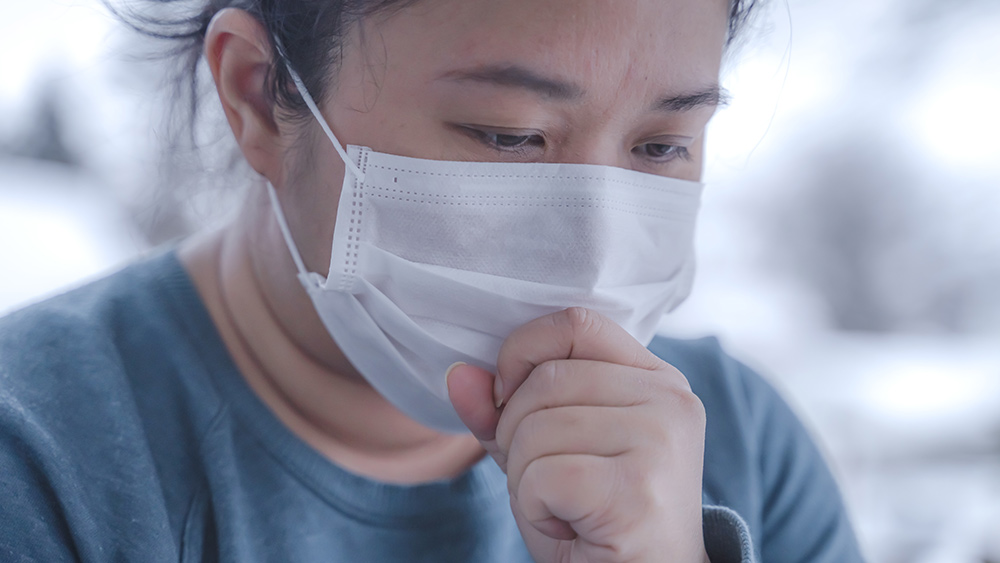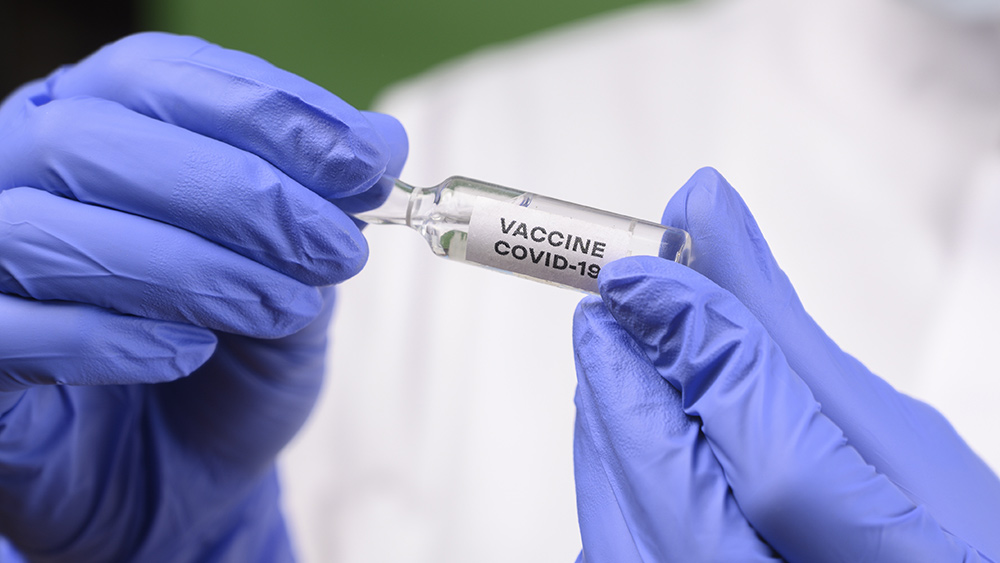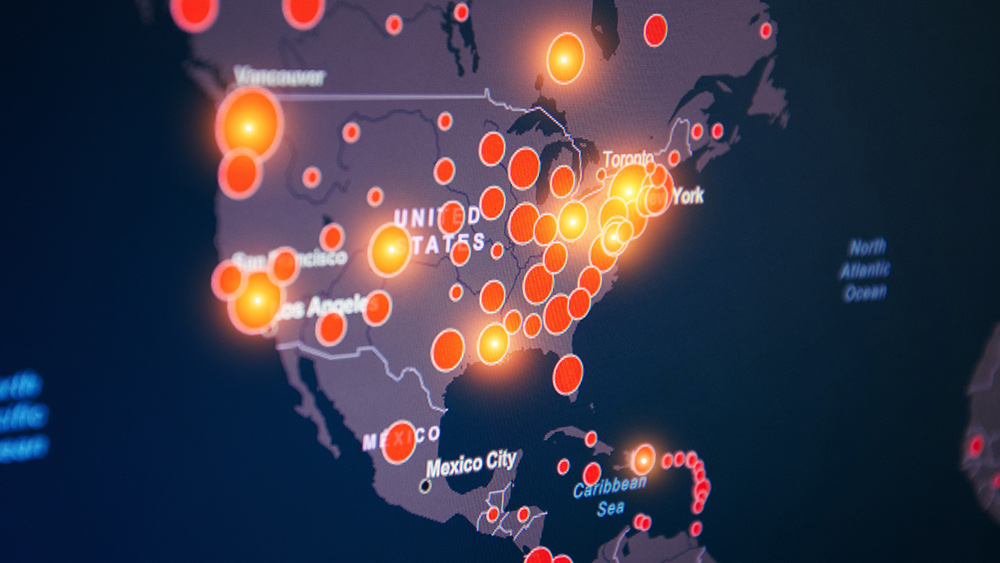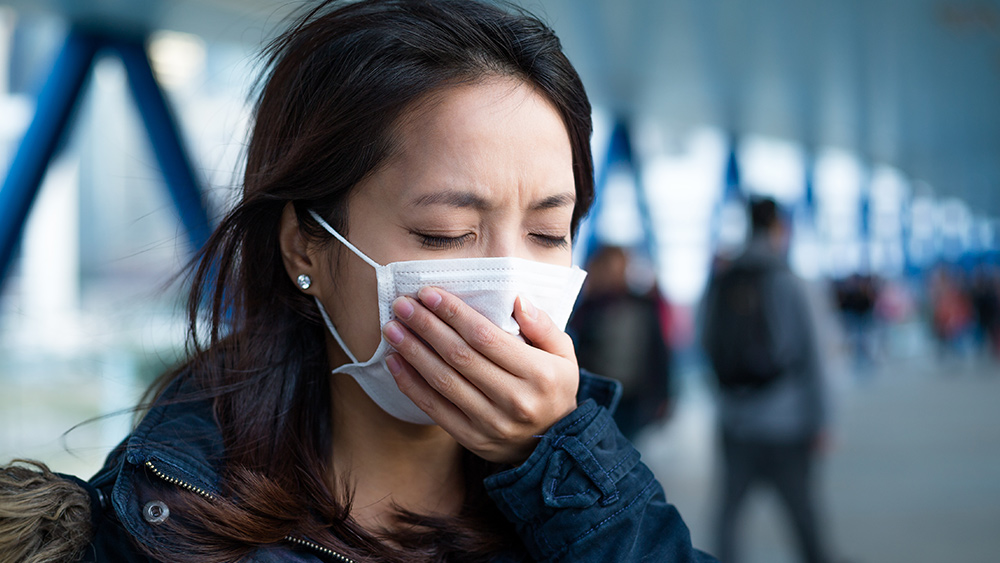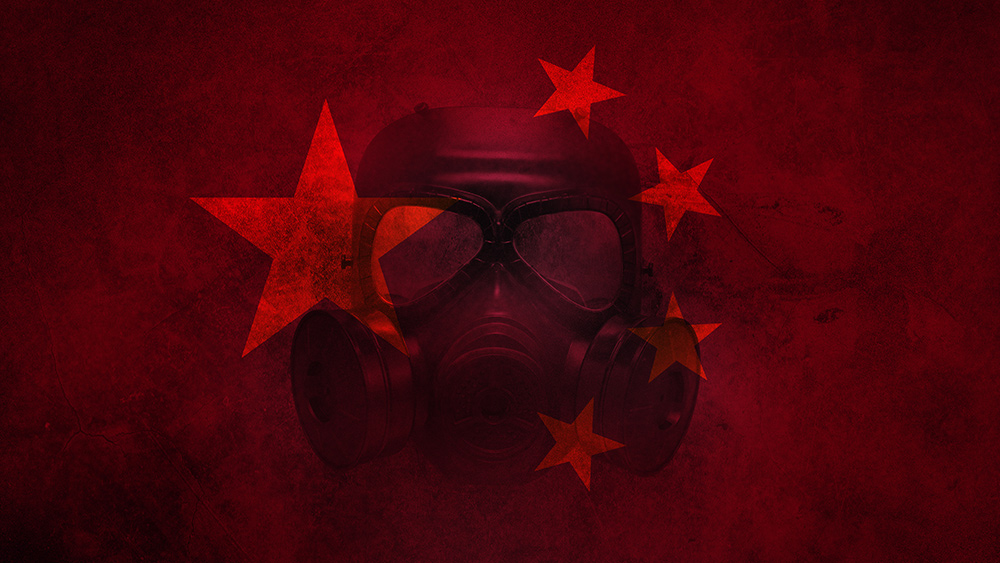Wearing masks to block the coronavirus is going to become the new normal
04/29/2020 / By Franz Walker

As countries around the world look to let people go back to work and restart their economies, it seems that wearing masks will become part of daily life. During an interview last week, Dr. David Nabarro, special envoy for COVID-19 at the World Health Organization (WHO), suggested that “some form of facial protection is going to become the norm.”
Wearing a mask is already compulsory while going out in countries like Slovakia and the Czech Republic. Others are following suit, with Austria and parts of Italy requiring them when using public transport or going shopping.
In the U.K., a group of 100 doctors signed a letter calling for the public to wear home-made face masks whenever they stepped out of their homes. Meanwhile, in America, Kentucky Gov. Andy Beshear announced that Kentuckians would be asked to wear masks in public starting May 11.
Confusion over masks’ effectivity
While some believe that wearing face masks can help stop infections from coughed or sneezed particles, others argue that people can accidentally infect themselves when taking a mask off, or that wearing masks makes people more complacent in regards to adhering to measures designed to slow the spread of the disease, such as hand-washing.
Paul Hunter, a professor of medicine at the University of East Anglia, recently reviewed 31 studies that looked into the effectivity of face masks in preventing respiratory illnesses. According to Hunter, the quality of the existing research is poor.
“It would be as easy to make an argument for opposing the widespread use of masks as it would be to make an argument promoting their use,” stated Hunter. ”It’s no wonder the public is confused.”
Masks only work if worn properly
Talking to the Daily Mail, Dr. Jenna Macciochi, a lecturer in immunology at the University of Sussex, explained that masks need to be worn correctly for them to work properly. “To be effective, a mask has to be fitted correctly, worn correctly and disposed of correctly — which is not something the general public has been trained in,” Macchiochi stated.
According to Macchiochi, not wearing masks properly is potentially more hazardous than not wearing one at all. She says that doing so could cause someone to infect themselves with the very particles the masks are supposed to protect against when taking it off.
In the same article, David Heymann, professor of infectious disease epidemiology at the London School of Hygiene & Tropical Medicine, echoes this. He emphasized that a proper fitting mask is important, especially for people who have to work with more vulnerable members of society, such as the elderly.
“If you’re in a situation where you can’t physically distance — if you’re working in a care home, for example — then a properly fitting mask should be worn as a precaution to protect the elderly, because if a carer is infected, virus-containing droplets could infect them, too,” Heymann stated.
How facemasks are handled is also essential to whether a wearer can get full protection. Hands should be washed before putting on a mask, as well as after taking it off. Additionally, some masks become less effective when damp, and the WHO recommends that masks be replaced as soon as this happens.
Masks work both ways
An important consideration about masks is that they work both ways — protecting healthy people from catching the virus while preventing people with the virus from spreading it in the first place. As such, experts are recommending that sick people should also wear masks, to protect those close to them.
“People who are coughing and sneezing and can’t physically distance themselves from others — for example, in a household when they are isolated with other family members — should wear a mask to protect others from infected droplets they may be producing,” says Heymann.
This advice becomes even more important when you consider that a large percentage of infections come from asymptomatic carriers — those who don’t show any symptoms of COVID-19. Studies have shown that 25 to 50 percent of all cases are asymptomatic carriers. As such, people should still wear masks in public, even if they don’t show any symptoms.
Getting the right facemask
Not all masks protect equally; for example, homemade masks and thin, disposable surgical masks protect from large droplets, but they can’t block very small particles that may also carry the virus. More effective masks that can block the smaller particles, such as N95 masks, do exist, but these are harder to find outside of medical settings.
The question, however, is who should be buying which specific masks. Ideally, everyone would have access to medical-grade N95 masks. However, this just isn’t possible due to the current shortages of protective equipment.
As such, the Centers for Disease Control and Prevention has recommended that the general public should use homemade cloth facemasks, leaving the crucial N95 masks for healthcare workers in the frontlines of the pandemic.
Sources include:
Tagged Under: coronavirus, covid-19, facemask, Flu, hygiene, infections, masks, outbreak, pandemic, personal protective equipment, PPE, protection, superbugs, virus, WHO



